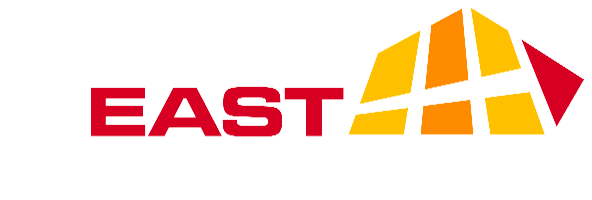Protecting Your Investments From Consequential Losses
There is a need for both landlords and commercial tenants to have adequate insurance coverage on their investments. For ordinary daily problems, a landlord must have the maximum coverage for the building and tenant leases. A tenant must insure their business with coverage that will protect their assets. What if a landlord sustains damage to their property that is easily repaired, but they lose a tenant because the tenant was not covered for the damage sustained inside their business?
Consequential Loss Coverage
A fire or other threat may cause a financial loss other than that resulting from direct destruction of the property. Such losses are called “consequential losses” and include those resulting from the loss of use of the property destroyed, such as interruption of business, and property loss from indirect connection with the hazard rather than from direct destruction. The types of insurance against consequential losses include:
- Business interruption insurance.
- Delayed profits insurance, which covers the loss of profits that result from a delay in the completion of the construction.
- Leasehold insurance, which covers a tenant’s financial loss if the lease is canceled as a result of fire or other insured peril.
Business Interruption Insurance
A business interruption policy normally embraces both loss of income and “added expense” protection. The latter may be the more important because it reimburses the tenant for the special costs associated with obtaining substitute equipment and (if temporary space is needed elsewhere), the cost of renting such quarters. To the extent that the tenant’s profits are adversely affected, notwithstanding the ability to continue operations, protection is furnished by the loss-of-income feature of this coverage.
Business interruption policies can be more effective with appropriate endorsements that enlarge the covered causes of loss and extend the period of indemnity. Two examples are the following:
- Nonbuilding damage. The standard policy only covers losses attributable to a casualty to the building itself. If damage extended to telephone and data service lines located outside the building, resulting losses to the tenant would be covered only under an appropriate endorsement to the policy.
- Extended restoration. The standard policy limits the indemnity period to the time needed to restore the building to its pre-casualty condition. This may be less than the time needed for actual restoration, for example, when local law requires the reconstructed building to meet updated code standards. The policy coverage can be extended for this purpose by endorsement.
In the past year when many businesses were unable to operate, the COVID-19 outbreak has raised questions about whether that coverage includes pandemic-related losses. The short answer is, it depends on the terms of the policy and how the insurer, and possibly the courts, interpret them. Some state legislatures are also getting involved.
Lease Termination Insurance
When casualty damage is so extensive that the landlord can cancel the lease, the tenant may incur loss because it is unable to lease elsewhere on comparable terms. Leasehold interest insurance protects against such loss. The loss is equal to the discounted present value of the difference between (1) the rental specified in the lease and (2) the higher market rent for comparable space, projected for the balance of the lease term, including all renewal option periods.

